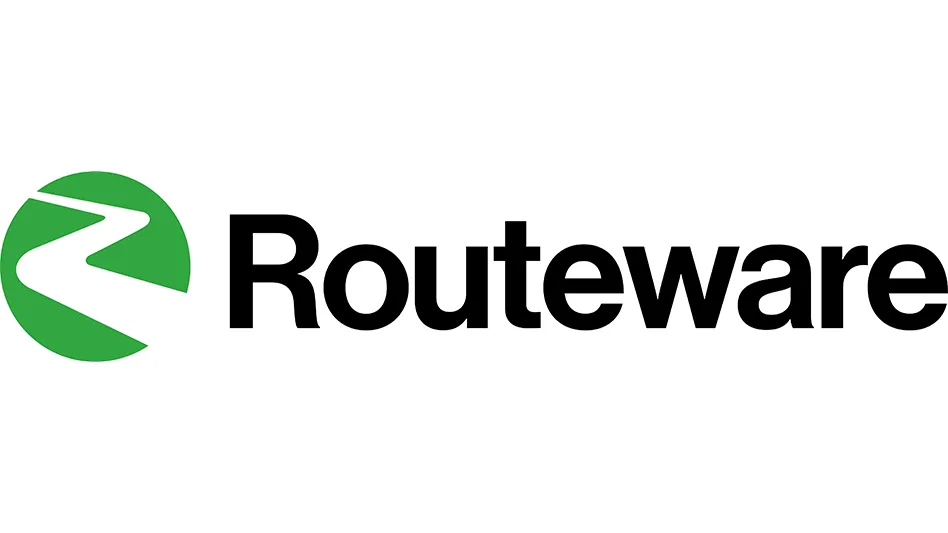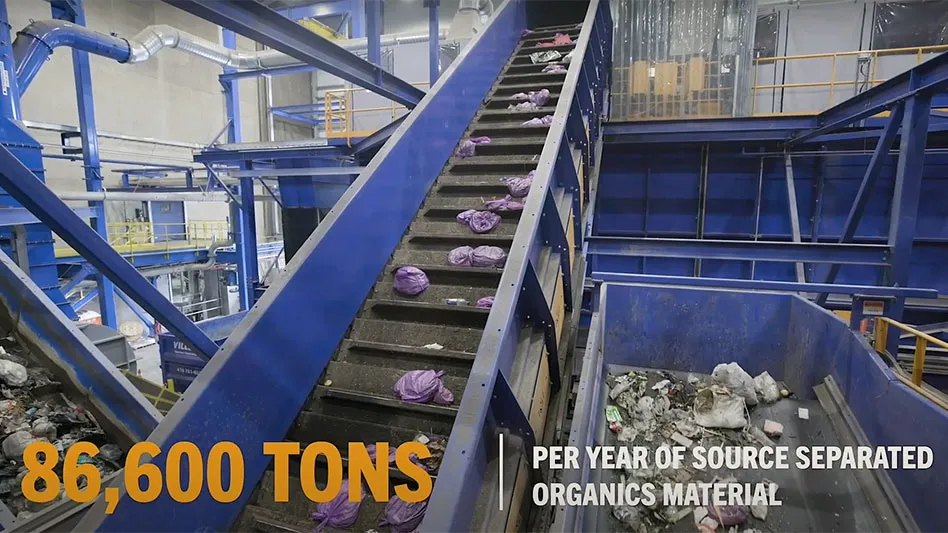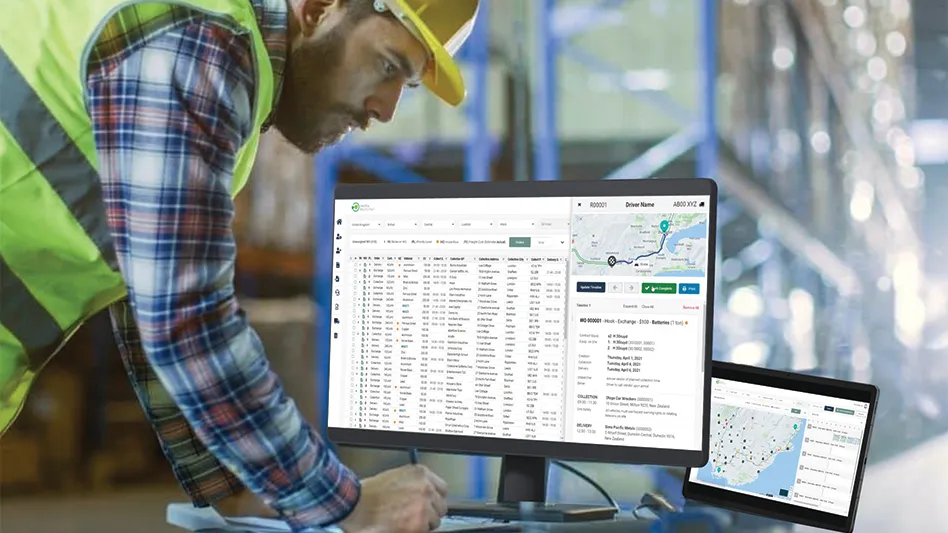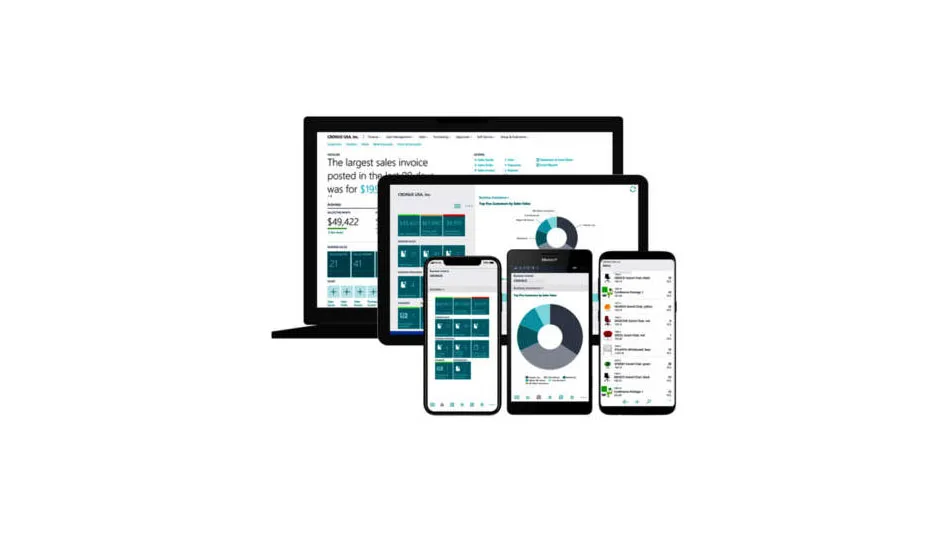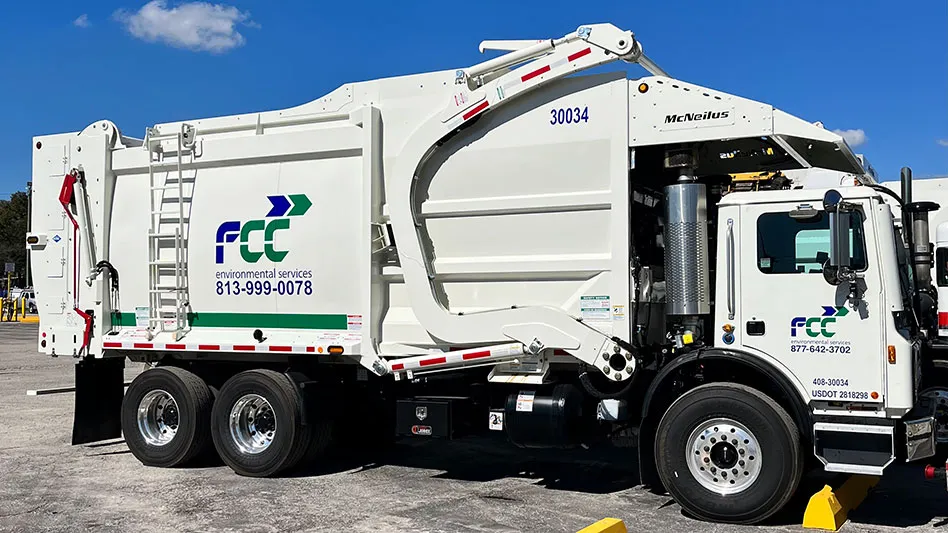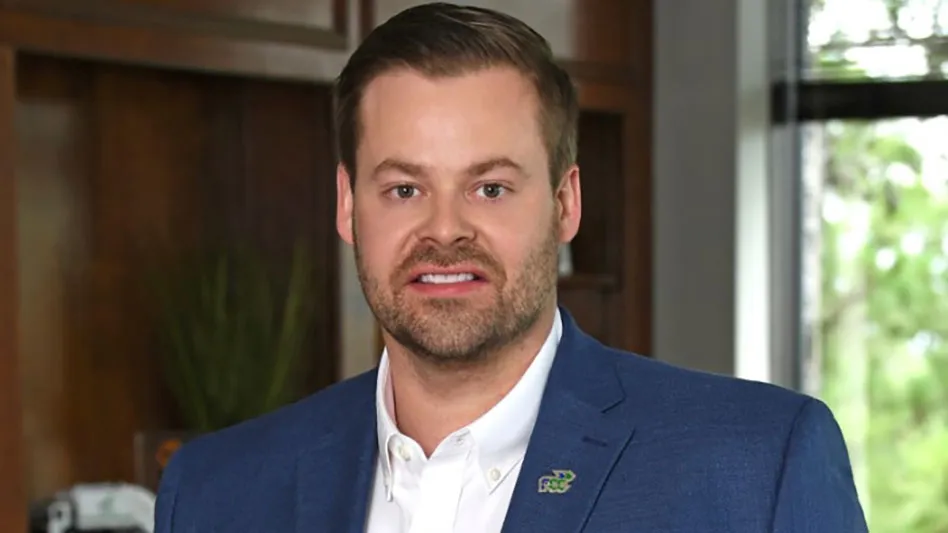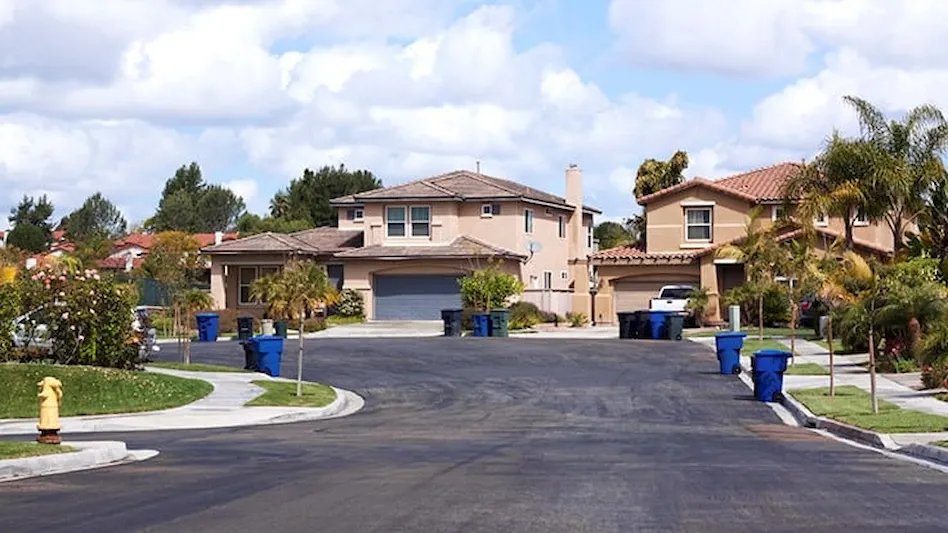
© KathyDewar - Getty Images
Earlier this summer, Recycling Today and Waste Today partnered to produce a survey that was administered by Readex Research of Stillwater, Minnesota, with the intention of gauging the state of the municipal recycling industry in the United States. The results were included in The State of the Municipal Recycling Industry report that ran in the September issue of Recycling Today. Survey respondents included government sector participants, haulers and material recovery facility (MRF) operators.
In addition to the survey, the staff of Recycling Today hosted three virtual roundtables in the spring: one with MRF operators, one with government recycling officials and one with representatives of consumer packaged goods (CPG) companies.
Based on the surveys and roundtables, editors found several trends related to challenges in municipal recycling, contracting changes and end market development for commodities. The following are some key takeaways from the September report.
Municipal recycling challenges
The majority of MRF operators (74 percent) and haulers (67 percent) who responded to the State of the Municipal Recycling Industry survey indicated that labor availability and costs are either very challenging or challenging. For some MRF operators who participated in the roundtable discussions, labor is among their top concerns this year.
David Friedman, CEO of Phoenix-based Friedman Recycling, said hiring has become challenging for his MRF operations. “For the first time ever, we actually lost two shifts because we couldn’t staff out the line.” He added that while the situation was resolved, “to miss a few operating shifts was a big deal for us.”
Shannon Dwire, president of Millennium Recycling Inc., Sioux Falls, South Dakota, said her area has particularly low unemployment rates, making it difficult to find workers. She said the MRF also has to compete for laborers with large companies like Amazon.
“We’ve got Amazon building right now, and they are going to take another 1,000 employees out of the area,” she said. “We’ve been short-staffed for over a year, and it’s getting harder and harder to find people. So, we’re trying to figure out ways to work without people because they are just not coming in.”
Both MRF operators and municipalities have been affected by changes in material generation as well, some of which has been brought on by the pandemic. Some roundtable participants said they have seen a noticeable increase in residential tons coming in versus commercial.
Shelby Lewis, recycling coordinator for the city of Tampa, Florida, Department of Solid Waste & Environmental Program Management, said her community saw tons shift from the commercial to the residential sector at the height of the pandemic. This shift in tons was accompanied by an increase in contamination, she said.
“I would say, right now, our biggest hurdle is contamination,” Lewis said, citing “wishcycling” on the part of consumers and “greenwashing” on the part of brands as contributing factors.
Evolving contracts
Changes to material streams and the quality of those materials has affected municipal recycling contracts. As a result, local governments and haulers reported that they are re-evaluating the recycling contracts they enter into.
Kyle O’Keefe, director of innovations and programs for the Solid Waste Authority of Central Ohio (SWACO) in Franklin County, Ohio, said the pandemic helped show the need for flexible contracts that allow for adjustments based on shifting market conditions.
“We [have been] evaluating aspects of our contracts with our municipalities and the private sector to say, ‘How can we give our communities as much flexibility as possible?’ [How can we make it so] that if these issues arise in the future, they’ve got more options and levers they can pull so they do not have to break the contract, but they can give a little flexibility to the hauler, and we can do that in a way that is a win-win situation,” he said.
With changing commodity values, some MRF operators are adopting fee-for-service models. Lou Perez, project director for the Larimer County, Colorado, Solid Waste Department, said he suspects this model will be the norm going forward for MRF operators.
“Years ago, I think there was an attitude of [trash] goes into the bale, it goes out the door, let someone else deal with it,” Perez said. “That has changed and large companies … as well as others are going to follow suit in their contracts and establish criteria for trash recording and penalizing folks, counties or municipalities within the contract structure for trying to recycle trash.”
New end market developments
According to the State of the Municipal Recycling Industry roundtable discussions, collaboration among municipal recycling stakeholders is key to developing end markets for commodities.
“Everybody has a role to play,” said Brent Heist, director of packaging sustainability at Cincinnati-based Procter & Gamble. “Everybody has their own area of expertise. The important part is that we’re all collaborating together so that, for lack of a better term, we’re rowing in the same direction.”
Recycling coordinators and government officials expressed the most optimism about extended producer responsibility (EPR) bills as a key develop end markets.
Pete Chism-Winfield, project coordinator for the Bureau of Planning and Sustainability for the city of Portland, Oregon, expressed optimism toward Oregon’s EPR legislation, SB 582, also known as Plastic Pollution and Recycling Modernization Act, just a few months prior to its passage. “I think we really need to shift our focus from the consumers to the actual producers of these materials,” he said.
In addition to legislative measures, some roundtable participants expressed optimism around public-private partnerships, grants and low-interest loans to develop new markets. Perez suggested that public-private partnerships could help bring end markets to where they need to be.
CPG companies are also working to design their products to be recyclable and to incorporate recycled content. Heist said his firm has a goal to have 100 percent of its packaging be recyclable or reusable by 2030. Other companies such as Stamford, Connecticut-based BlueTriton Brands, formerly known as Nestle Waters North America, has a goal to use 50 percent recycled polyethylene terephthalate (rPET) across its U.S. portfolio by 2025.
Click here for the full report and research.
Latest from Waste Today
- Bioenergy Devco honored at SEAL Awards
- AMCS showcasing Performance Sustainability Suite at WasteExpo
- New Way and Hyzon unveil first hydrogen fuel cell refuse truck
- NWRA honors award recipients during annual breakfast at WasteExpo
- Rubicon selling fleet technology business, issuing preferred equity to Rodina Capital
- Machinex to feature virtual tour of Rumpke MRF at WasteExpo
- Reworld releases 2024 sustainability report
- Novolex invests in Ozzi
